Learn Git and Github
 Dinesh Kalhiya
Dinesh Kalhiya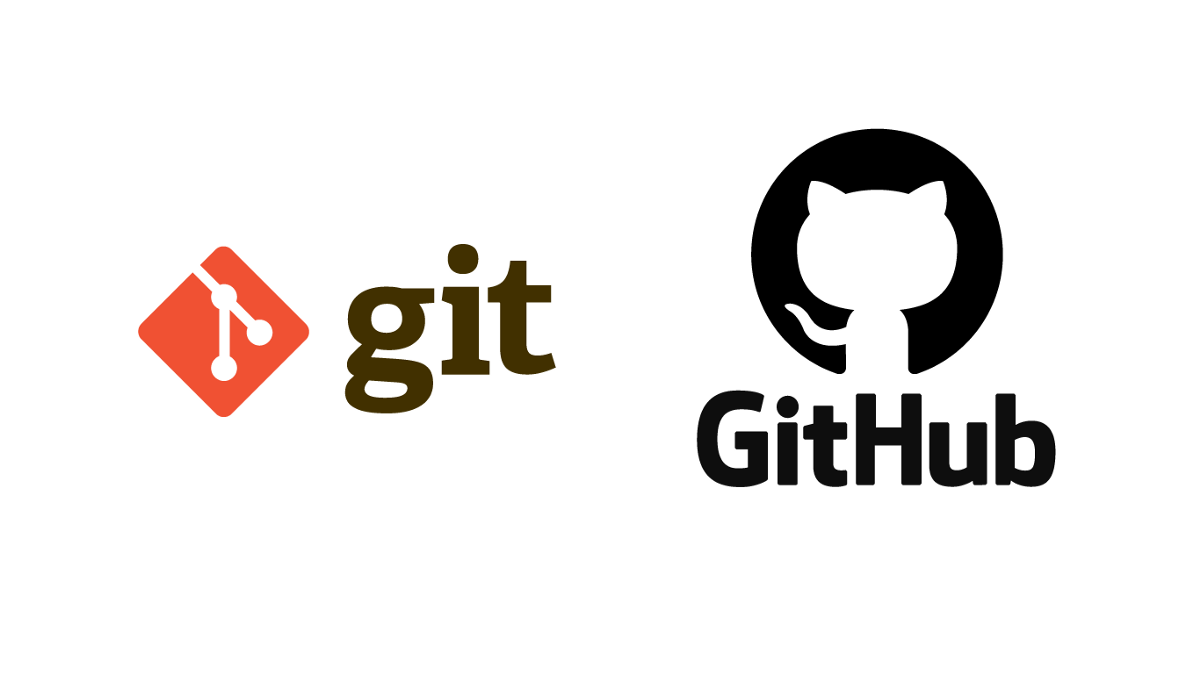
Introduction✨
In this article, you will gain valuable insights into Git, a tool for tracking code changes, and GitHub, which allows for code sharing and collaboration. We'll cover Git from the very basics to help you understand it better. This is my first article after learning about Git, based on my experience. So let's start!
What is Git and why is it used ❓
Git is a software tool that keeps track of changes in code files and maintains a version history of code, therefore it is called as Version Control System.
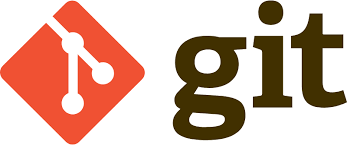
It is used because it allows multiple developers to collaborate efficiently on a single project. It ensures that developers can work on different parts of the project simultaneously without interfering with each other's progress. It helps in maintaining a clean and organized code history of a project. It keeps track of everything in code a file.
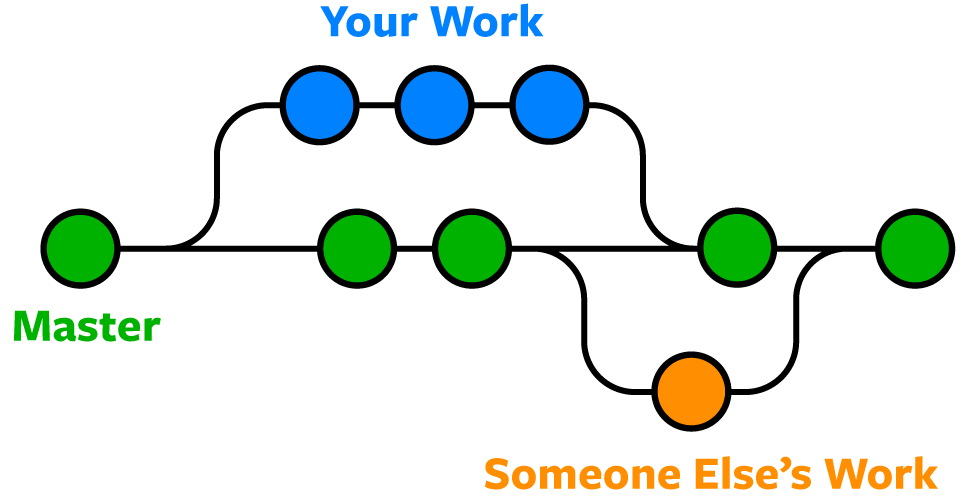
What is Github and its Importance in team collaboration ❓
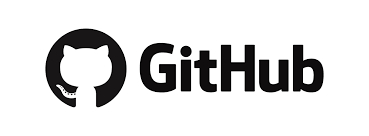
GitHub is a platform for developers to create, store, manage, and share their code. It also serves as a backup system. This multi-feature platform allows developers to raise pull requests (PR), create branches, merge branches, and solve issues.
It’s plays a very important role in team collaboration because when multiple developers work on the same file, it helps devs to manage and resolve conflicts by keeping a detailed record of changes. It shows who made changes and when. This ensures smooth development and maintains code integrity.
Git Installation & Setup ⬇️
- Download Git from official source https://git-scm.com/

- Select Windows/macOS/Linux as per your machine, click on download button.
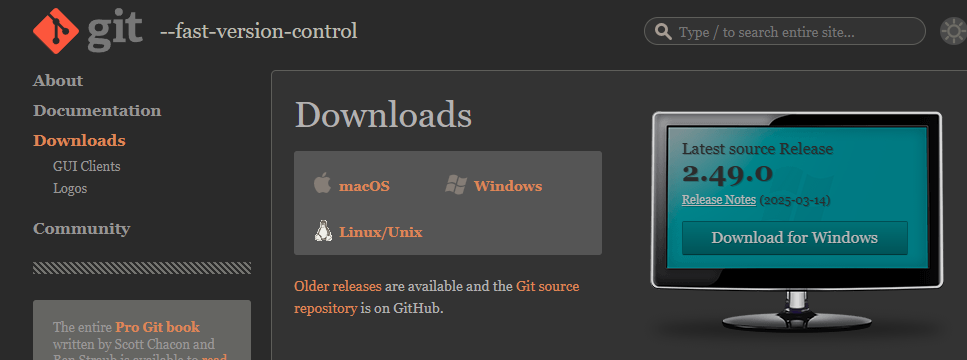
- Double-click the file and click on Install.
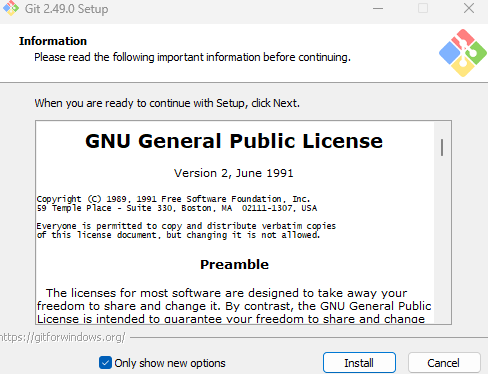
Basic Git Commands 📍
Configuration via username & email ✉️
git config --global user.name "Your Name"
git config --global user.email "your.email@example.com"
Repository setup and cloning ⤵️
git init -> to initiate git in a repository
git clone <repository-url> -> to clone a github repository
Staging and Committing
git add -> add file/folder to the staging area
git add . -> stage all files at once in staging area
git status -> view status of changes in repository
git commit -m "message" -> commit a change with a message
Branching & Merging 🔁
git branch -> list all branches
git branch <branch-name> -> create a new branch
git checkout <branch-name> → Switch to a branch
git checkout -b <branch-name> → Creates and switches to a new branch
git merge <branch-name> -> merge a branch
Remote, Push and Pull ↕️
git remote add origin <repo-url> → connect local repository to a remote repository
git push origin <branch-name> → Pushes changes to a remote branch
git pull origin <branch-name> → Pulls updates from a remote branch
Checking History and Viewing Files 👀
git log → shows commits history
git log --oneline → shows commits history in oneline
git cat-file -p <filename> -> print file content
git cat-file -s <filename> -> print file size
git cat-file -t <filename> -> print file type
git diff <nameof-branch1> <nameof-branch2> → shows difference between 2 branches
git diff <nameof-commit1> <nameof-commit2> → shows difference between 2 commits
Reset
git reset <file-name> -> unstage a file
git reset --hard -> reset everything to last commit
Commit Message Rules ❗
Use present tense in commit message for eg: ✅Add feature ❌
Added feature.Keep the message shorter than 50 words or less.
Capitalize the first letter for eg; ✅Remove file ❌ remove file.
Use prefixes like
fix:,feat:,doc:, etc.
git commit -m "feat: Add tea selection feature"
git commit -m "fix: Resolve login issue for tea enthusiasts"
git commit -m "docs: Update README with chai varieties"
Best Practices as a Developer
As developers, we should regularly push commits to keep the code up to date.
The commit message should be clear, concise, and informative so that anyone reading it can quickly understand the changes made. This is very important.
Regularly pulling updates is also necessary while working, as it avoids conflicts between the local and remote repositories.
Conclusion🩷
If you found this article helpful and valuable,👍drop a comment below. Stay tuned for more cool articles.
Subscribe to my newsletter
Read articles from Dinesh Kalhiya directly inside your inbox. Subscribe to the newsletter, and don't miss out.
Written by
